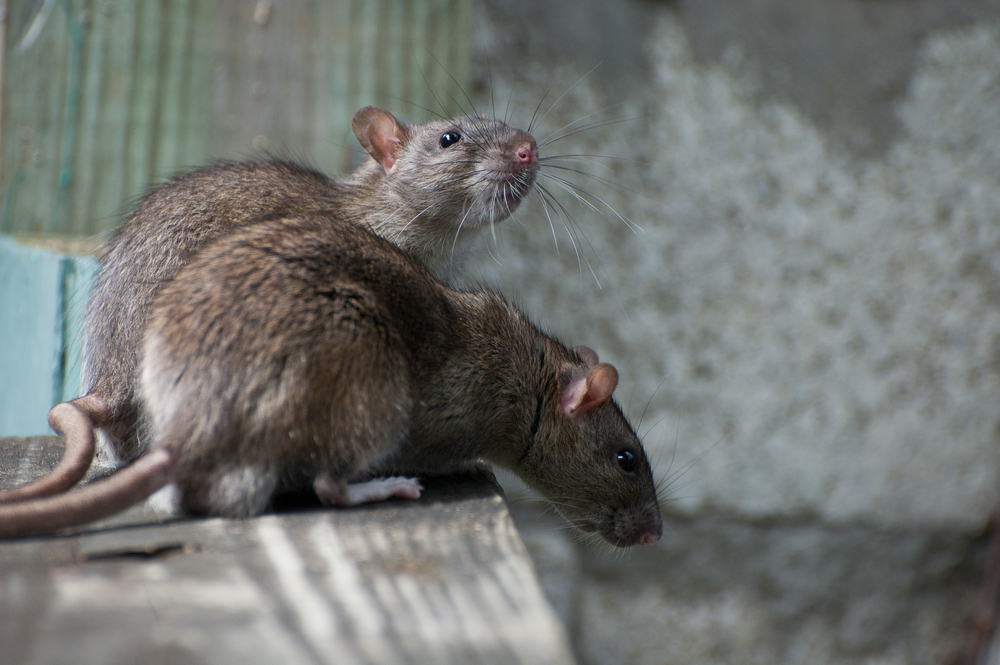
We often hear about biodiversity loss, extinction and the general declining state of our natural world. We lament the giant panda, doomed by evolution to be a fussy eater and not very good at reproducing, and we put great effort into saving sea turtles that mistake plastic bags for jellyfish.
But for a moment—instead of focusing on these poor animals—let us spare a thought for the creatures and plants that simply don’t need our help; these super-successful species are ‘getting by just fine on their own, thank you very much’. Sure, they are wiping out a lot of other species in the process, but you have to hand it to them—they really have won the evolutionary lottery. Let’s take a look at five species that are conquering the planet.
1. Lionfish (Pterois volitans)

Native to the Indian Ocean, they somehow made their way to the Caribbean where they are now proceeding to eat everything in sight. Scientists have shown that they can eat 30 times their own stomach volume and can ravage local juvenile fish populations by 90% in just five weeks. Outside of their native range they lack predators, and are proving extremely difficult for conservationists to control.

You probably saw a feral pigeon today and didn’t even give it a second glance. That’s because there are an estimated 400 million worldwide (including over a million living in New York). They do best living in close proximity to humans, so wherever we build towns and cities, pigeons will follow.
Black rat (Rattus rattus)

Like humans, some species like to travel and see the world. Black rats are the ultimate stowaways, having hitched a ride on ships and made a home on hundreds of tropical islands around the world. Unfortunately, they’re not very good guests. As soon as they land they often proceed to wipe out native fauna (especially rare birds) who haven’t evolved to defend against these voracious little rodents. Black rats can probably lay claim to having wiped out more species than any other (with a little help from homo sapiens, of course).
4. Japanese knotweed (Fallopia japonica)
Plants can of course be global conquerors too, and few more so than the infamous Japanese knotweed. It is known to be able to exploit cracks in concrete and roads and even undermine building foundations. The cost of controlling it has spiralled to an estimated $3 billion dollars. And, as with any self-respecting invasive species, it’s almost impossible to kill.
5. Cane toad (Rhinella marina)

Weighing in at up to 1.8kg, these heavyweights are causing havoc to Australia’s unique ecosystems. The toads excrete poison, so instead of eating everything like the lionfish and black rat, these invaders kill anything that eats them instead. They were introduced from Hawaii in the 1930s to help control the beetle pests in a ‘natural’ way, instead of using chemicals. This plan went downhill rapidly, and their range of devastation is now advancing inland at a rate of 60km a year.
Which of Earth’s countless millions of species will emerge as the super invaders of the 21st century remains to be seen, but watch this space.


